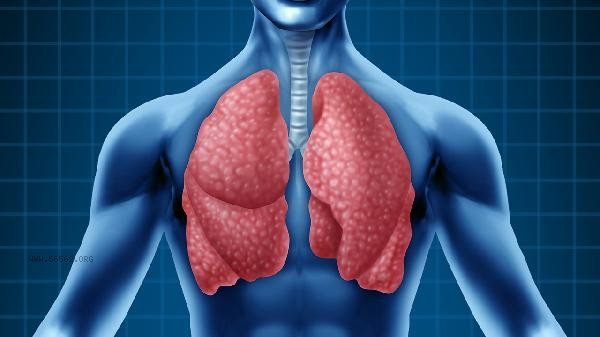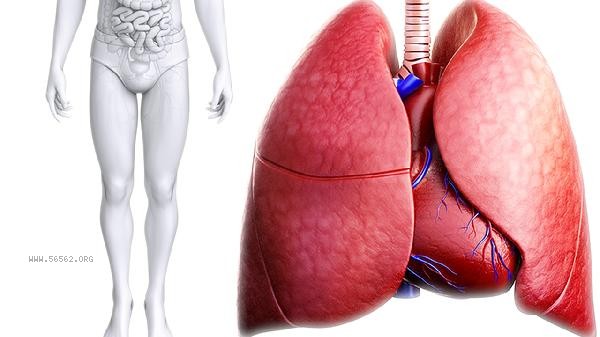The lung capacity of sixth grade students, which is 6000 milliliters, is abnormally high and needs to be evaluated comprehensively based on height, weight, and exercise habits. The normal lung capacity of sixth grade children is usually between 1500-3000 milliliters, and if it exceeds 4000 milliliters, attention should be paid to pathological factors. Abnormal increase in lung capacity may be related to long-term aerobic training such as swimming and long-distance running. These children have better chest development and stronger respiratory muscle strength. Some students may experience single data overestimation due to excessive blowing or repeated testing during physical examinations. However, if the above factors are excluded, prolonged abnormal elevation should be considered as early compensatory response to obstructive pulmonary disease, which is common in patients with bronchial asthma remission. Diseases such as pulmonary bullae and pulmonary fibrosis may also lead to a false increase in lung capacity, which is often accompanied by symptoms such as post activity chest tightness and paroxysmal nocturnal dyspnea.

A few genetic metabolic diseases such as Marfan syndrome may present with increased lung volume, which is often accompanied by features such as spider fingers and lens dislocation. Certain endocrine disorders such as hyperthyroidism can also accelerate lung development, but are often accompanied by typical symptoms such as palpitations and excessive sweating. Congenital lung developmental abnormalities such as pulmonary cysts are rare, but imaging examinations can provide a clear diagnosis.

It is recommended that parents take their children to the respiratory department for lung function re examination, complete bronchial dilation test, chest CT and other examinations. To avoid severe exercise induced pneumothorax in daily life, abdominal breathing training can be performed to help coordinate respiratory muscle groups. Regularly monitoring the trend of changes in lung capacity is more valuable as a reference than single data. If it continues to exceed the standard value for peers by more than 50%, pathological factors should be carefully investigated.









Comments (0)
Leave a Comment
No comments yet
Be the first to share your thoughts!